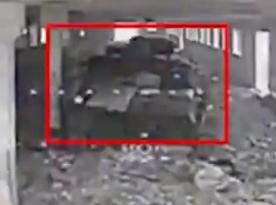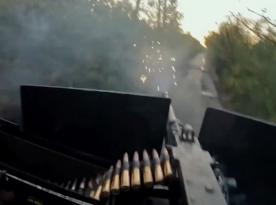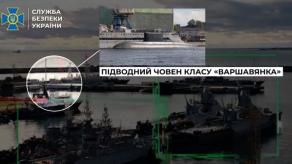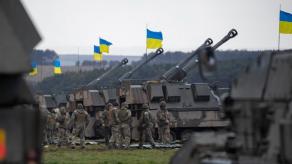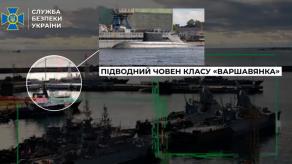In a meticulously planned special mission, codenamed Pavutyna (Web), Ukrainian forces destroyed or damaged 41 aircraft across four russian airfields, delivering a staggering blow to the Kremlin’s long-range strike capability.
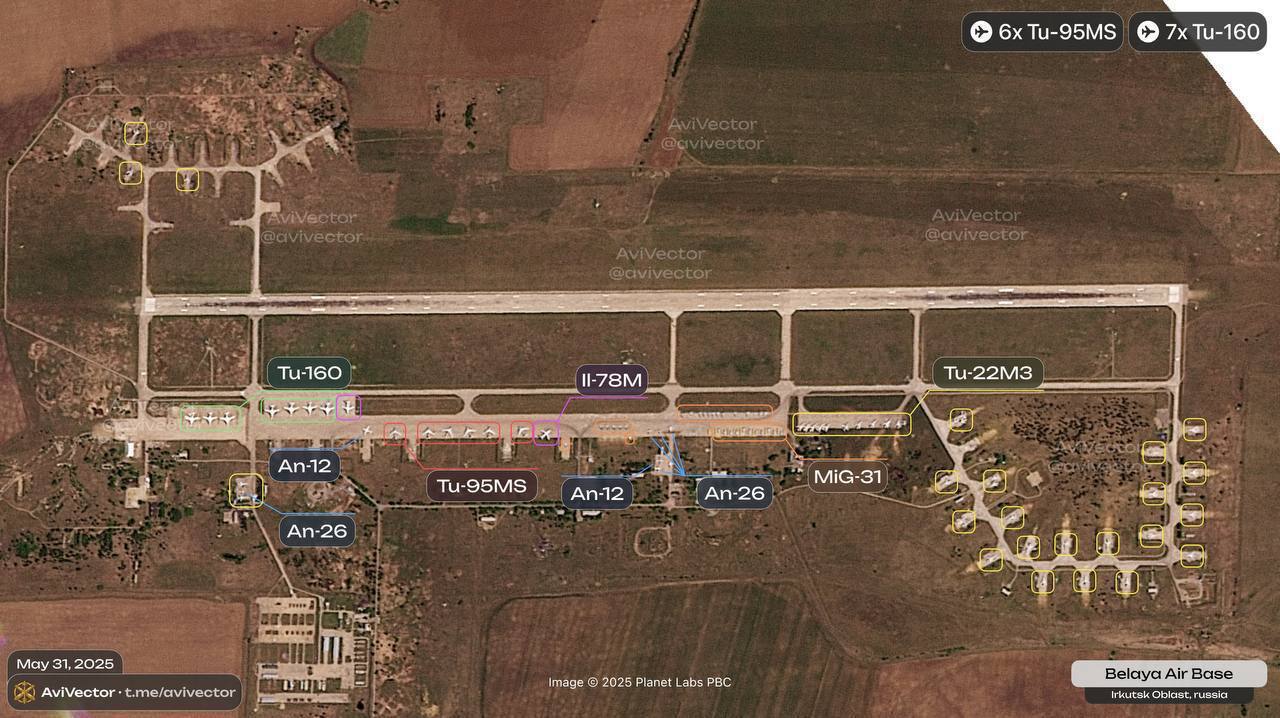
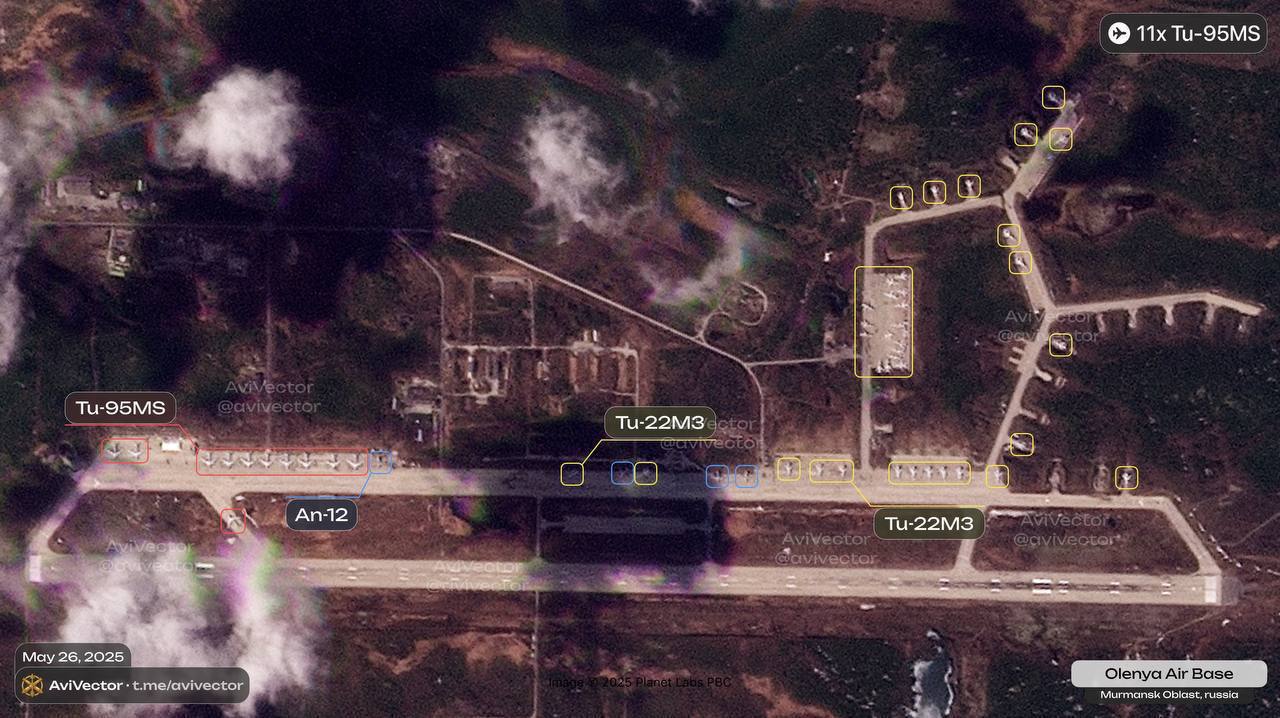
18 Months of Preparation: Secrecy, Innovation, and Precision
Operation Pavutyna is the result of meticulous and prolonged work that spanned over 18 months. It was personally overseen by Ukrainian President and Commander-in-Chief Volodymyr Zelenskyy, with direct leadership from SSU chief Vasyl Maliuk and his team.
Read more: $24M Zoopark-1 Radar System Becomes Scrap Metal in Ukrainian Drone Attack (Video)
A core element of its success was a highly creative method for covertly delivering FPV drones deep into russian territory. According to sources within the SSU, special units developed a logistics scheme that involved smuggling drones hidden in mobile wooden cabins disguised as cargo. Mounted on civilian trucks, these cabins concealed the drones beneath their roofs. At the designated moment, the roof panels were remotely opened, releasing the drones toward pre-selected russian military targets.
Remarkably, all operatives involved safely returned to Ukraine, underscoring the extraordinary level of planning and execution.
In the Pavutyna (Web) operation, Ukraine used AI-powered drones. The artificial intelligence was "trained" using 3D scans of Soviet aircraft stored at the Poltava Museum of Long-Range and Strategic Aviation — specifically, Tu-95MS and Tu-22M3.
A Devastating Strike Across russian Airfields
On the afternoon of June 1, russian military airbases in four regions came under a wave of coordinated drone strikes. Among the targets were critical assets of russia’s strategic aviation fleet: Tu-95 strategic bombers, Tu-22M3 long-range bombers, and the rare A-50 airborne early warning and control aircraft. The airfields confirmed to have suffered direct impacts included Belaya in Irkutsk Oblast, Dyagilevo in Ryazan Oblast, Olenya in Murmansk Oblast, Ivanovo in Ivanovo Oblast.
At the Belaya airbase in Irkutsk Oblast, located a staggering 4,300 km from Ukraine, at least three Tu-95MS aircraft and two Tu-160 aircraft were reportedly struck or destroyed.
The Dyagilevo airfield in Ryazan Oblast reportedly housed three Tu-95MS and four Tu-22M3 aircraft at the time of the attack.
At the Olenya airbase in Murmansk Oblast, approximately 1,700 km from Ukraine, all four Tu-95MS aircraft present are believed to have been destroyed. Some of the neutralized bombers were reportedly armed with Kh-101 missiles and prepared for immediate attack.
Furthermore, at the Ivanovo airfield, A-50 long-range radar detection aircraft, crucial for coordinating fighter pilots for missile strikes against Ukraine, may also have been hit.
While the russian Ministry of Defense acknowledged the FPV drone attacks — blaming the "Kyiv regime" — it predictably withheld details regarding the full scale of the damage.
According to SSU assessments, the total cost of the destroyed and damaged aircraft exceeds $7 billion USD. Most critically, the strike eliminated or disabled approximately 34% of russia’s strategic cruise missile carriers stationed at key bases.
117 Drones and a Hidden Base Near the FSB
In his evening address, President Zelenskyy shared additional details, revealing that the operation involved 117 FPV drones, each controlled by a dedicated operator.
Perhaps the most astonishing revelation was that the Ukrainian operational "office" inside russia was situated "right next to the local administration of the FSB" in one of the targeted regions.
"The most interesting — and this can already be said publicly — the "office" of our operation on russian territory was located directly next to the FSB headquarters of russia in one of their regions," Zelenskyy emphasized.
This not only illustrates the deep reach of Ukrainian intelligence but also highlights the sheer audacity and tactical sophistication of the mission.
Ukrainian forces carried out the operation across multiple russian regions spanning three time zones, emphasizing its strategic depth and complexity.
Strategic Impact
Operation Pavutyna represents one of the most daring and effective special operations of the war to date. It sends a clear message: Ukrainian special services are capable of penetrating deep into enemy territory, coordinating high-risk missions, and inflicting major losses on russia’s most valuable military assets — all while operating under extreme secrecy and with surgical precision.
Read more: Ukrainian Patriots, F-16s, and Mirages to Join NATO's "Military Wi-Fi" Network via Link-16 Integration






